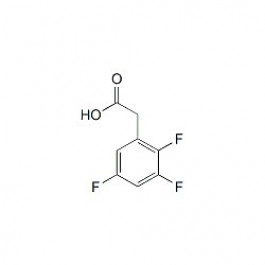New user? / Forgot your password?
0 Item | 0,00 €
Need NMR solvents or supplies? Click here and check out our ARMAR Isotopes catalog!
2,3,5-Trifluorophenylacetic acid
| Item number | 680873 |
| CAS | 132992-28-0 |
| Formula | C8H5F3O2 |
| Molecular weight | 190,12 g/mol |
| Quantity | 1X100MG |
| storage conditions | 20 °C |
Part of Product groups:
Product Variations:
Product | Catalog No./ CAS No. | Quantity | Price | |
|---|---|---|---|---|
 | 680877 | 1X100MG | ||
 | 680873 | 1X100MG | ||
 | 680874 | 1X100MG | ||
 | 680875 | 1X100MG | ||
 | 680876 | 1X100MG |



